Table of Contents
- Understanding the importance of a safe environment
- Key elements of a safe environment for preschoolers
- Creating an open and nurturing home environment
- Balancing safety and exploration
- Involving your preschooler in designing their ideal environment
- Maintaining a safe environment
As parents, we all wish our home environment to support the growth, curiosity, and development of preschool children. However, what does it mean to provide a safe environment for our little ones? Imagine an ideal environment where you love to live. Wouldn’t it be a place that encourages exploration and safety for your kids? In this post, we will answer these questions and give you tips to ensure a safe home environment for your little ones.
Understanding the Importance of a Safe Environment
A safe environment is important for the emotional and physical health of children. Whenever children feel comfortable with their environments they are more likely to move, discover and build their confidence. When you imagine an ideal environment where you love to live, safety should be the priority for energetic preschoolers.
Establishing a safe environment does not mean keeping them under control from doing activities. Rather, it is about preparation and constant awareness. A safe environment means that a child can play and explore within reasonable boundaries that can help parents relax.
Key Elements of a Safe Environment for Preschoolers
To create a safe environment for your preschooler, consider these essential factors:
- Childproofing: Secure furniture to the wall. Cover electrical outlets, and use safety locks on cabinets.
- Clear Pathways: Ensure the floors are dry, the pathway is clear from objects and rooms are well-lit to support visibility.
- Safe Play Areas: Allocate places where your child can play freely and safely.
- Proper Storage: Ensure to keep hazardous things away from children.
- Fire Safety: Install smoke detectors and have a family fire safety plan.
It is essential to understand that preserving a safe environment is a continuous process. As the child grows up, or develops the abilities within, it is wise to assess the home environment constantly.
Creating an open and nurturing home environment
An ideal home environment must be open and welcoming despite having safety measures. When you imagine a perfect environment where you love to live, consider these aspects:
- Encourage Exploration: Build areas where children can explore within a secure environment.
- Promote Independence: Design child-friendly areas or perform tasks with acceptable risk.
- Encourage Creativity: Make sure to introduce art supplies and imaginative play materials in accessible, safe areas.
- Create Cozy Spaces: Provide comfortable and soft armchairs to read or nap.
- Bring Nature Indoors: Include plants or nature-related factors within your home to create an open home environment.
An ideal home environment includes a balance of discipline and a certain degree of freedom. This will allow children to grow while providing a safe environment.
Balancing safety and exploration
Creating a safe environment does not mean eliminating all risks. Certain controlled risks are useful for your child’s development. Here are some of the tips to consider on how to balance safety with growth opportunities:
- Supervised Challenges: Create a safe environment for challenges like climbing or balancing.
- Learning Opportunities: Use practical situations as opportunities to promote a safe environment for children.
- Age-Appropriate Freedom: Gradually expand safe zones for children as they show awareness.
- Open Communication: Have open communication with your child regarding a safe environment at home.
A safe environment is one where kids make mistakes, learn and build resilience under proper guidance.
Involving your preschooler in designing their ideal environment
Explaining to your children how to create a safe environment can be joyful and educational at the same time. Here are some ideas to include your preschooler:
- Safety Tours: Take your child through the house and help them identify safe and unsafe areas.
- Decoration Decisions: Let your children choose safe decorations for their room or play area.
- Rule Creation: Include them in understanding and making house safety rules.
- Safety Games: Play games that are entertaining and promote safety in kids.
By including your child in decision-making, you will increase their awareness on creating a safe environment. This process will equip them with useful life skills and build a sense of ownership in their home environment.
Maintaining a safe environment
Creating a safe environment is a continuous process and involves the following measures:
- Regular safety checks: Check regularly to ensure that your safety measures are updated.
- Adapt as they grow: Modify your safe environment to meet your child’s growing abilities.
- Open Dialogue: Encourage conversations on safety that are age-appropriate.
- Lead by Example: As a parent, role model safe practices to your children.
- Celebrate Safe Choices: Praise your child or correct their choices to meet their safe environment.
A constant safe environment builds the foundation for your child’s confidence and overall safety. It is essential to understand that a secure environment goes beyond physical safety. As parents, ensuring emotional safety is equally important. Establish an environment where your kids are comfortable saying their feelings and asking questions. Support open communication and active listening. Emotional security with physical safety builds the foundation for a loving home environment for your preschooler.
Making a safe, stimulating, and encouraging environment for your preschooler is a process of love, creativity, and care. As you persist in imagining an ideal environment where you love to live, understand that a perfect home environment is one where children feel safe and loved and have the freedom to grow.
By carefully managing safety measures and freedom to explore, you are off to a good start in helping your child grow. Most importantly, a safe environment allows children to grow emotionally, socially, and cognitively.
Every home environment is different, and each child is different. Believe your instincts, be informed about child safety, and be open to seeking help when required. With constant love, attention and continuous effort, you can build a safe environment to build the foundation for life-long happiness.
At Mother’s Pet Kindergarten, we understand the importance of creating a safe environment for kids. We put all our efforts into mimicking the nurturing home environment you provide your kids. We also maintain a safe, open and motivating environment for our preschoolers. In this way, we assure you to keep your little ones safe and happy and encourage them to grow.

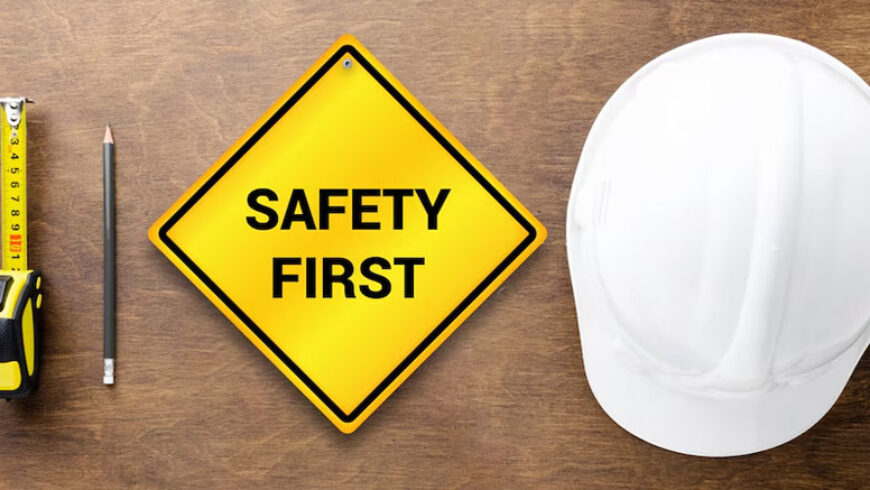

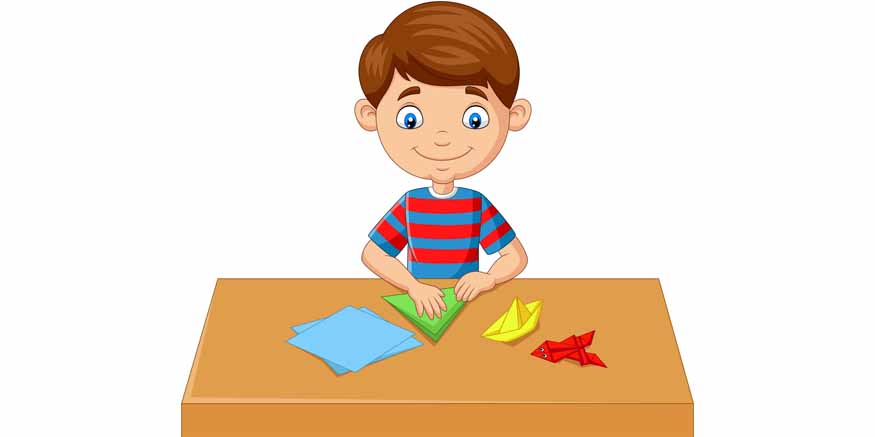


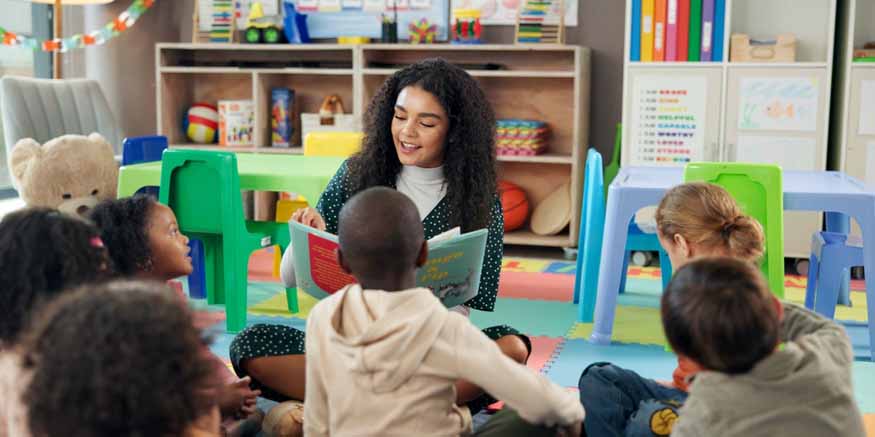
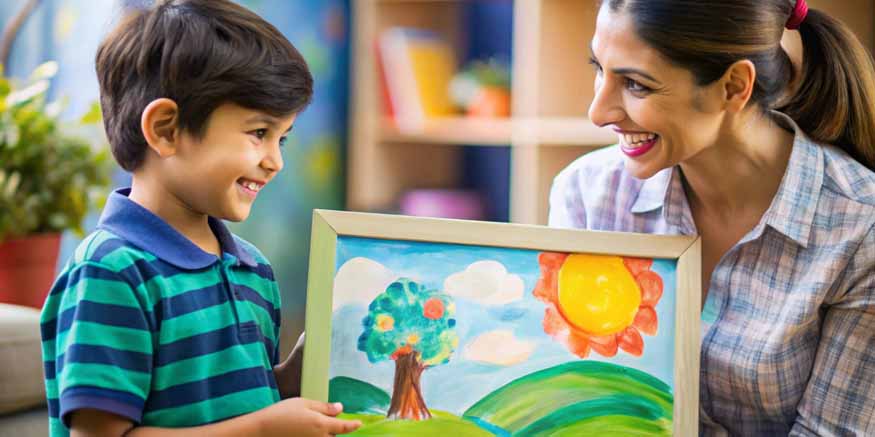
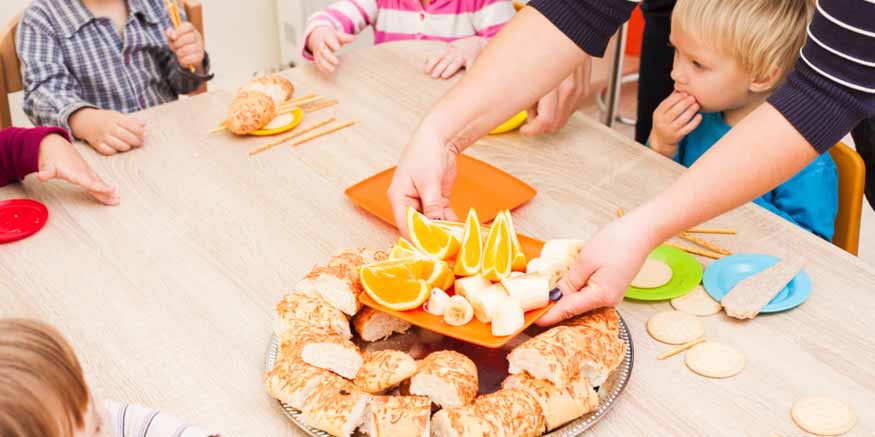
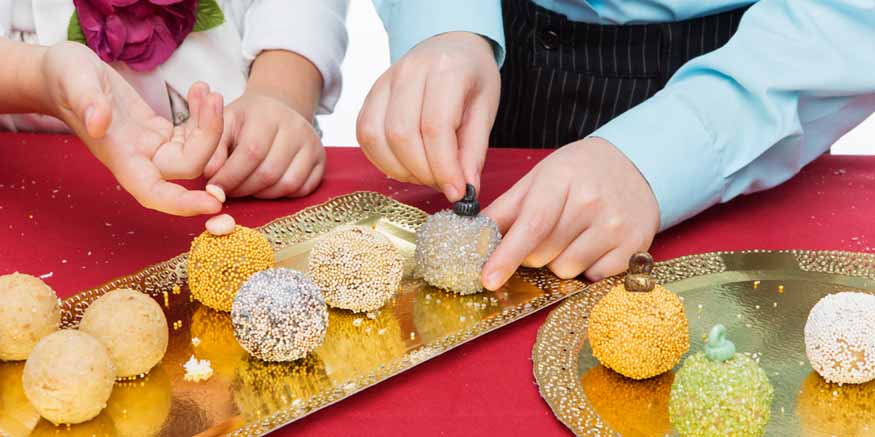
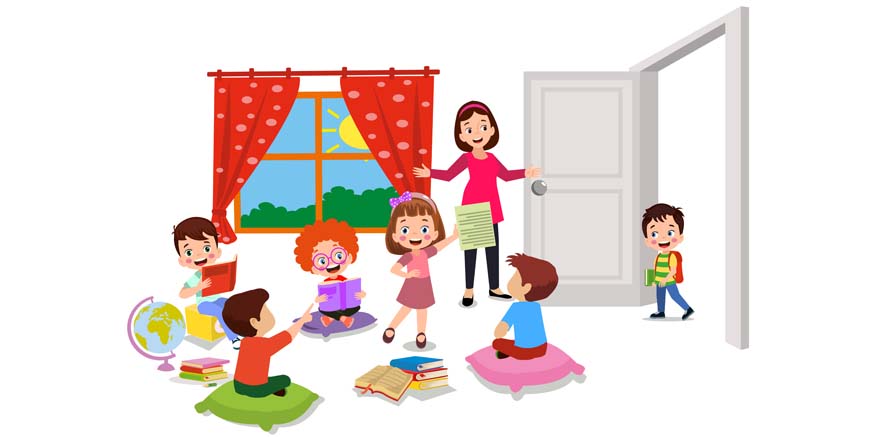
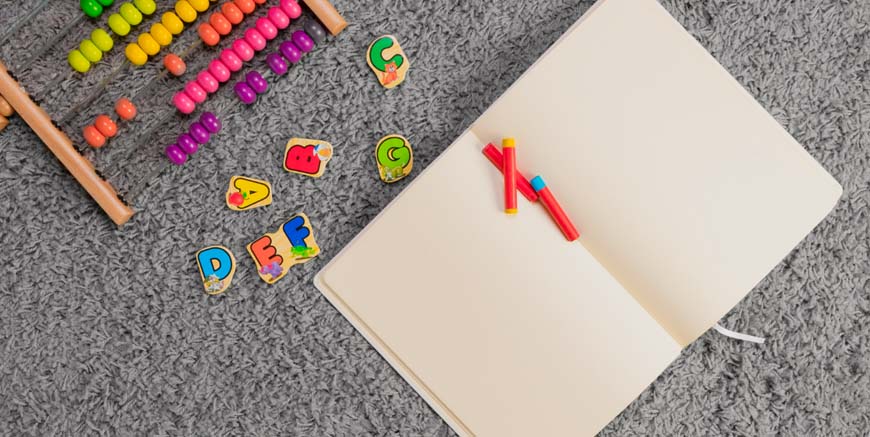

Recent Comments